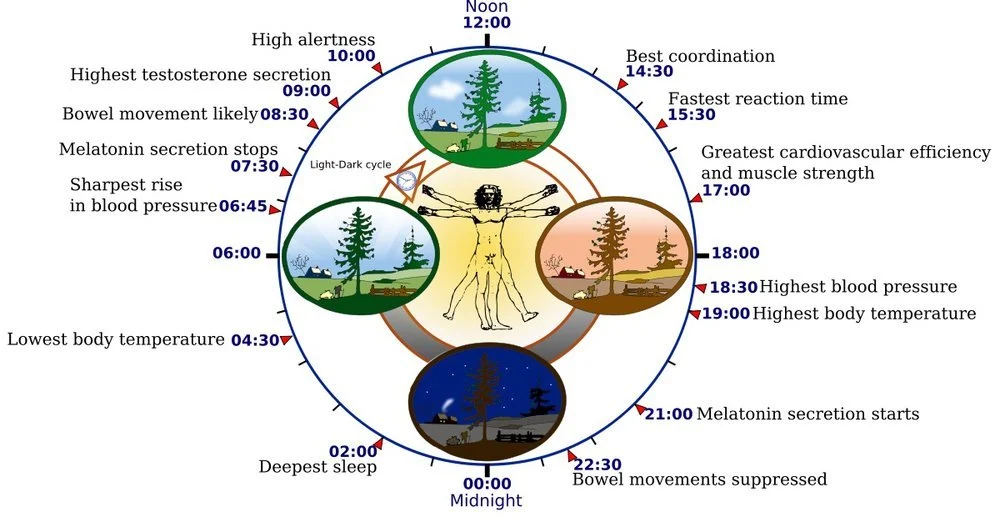Make the most of natural light in winter
Winter Sunlight Seasonal Affective Disorder.
It’s that time of year again. The nights are drawing in, the days are shorter, the weather has changed. Time to dive under the duvet and hibernate.
It can be a challenge to do the activities that are important to us when sunlight is in such short supply at this time of year; especially when we know how vital sunlight can be in helping to set our sleep/wake cycle.
We also know that ligh exposure sets our circadian rhythm.
Put basically, light and most especially sunlight activates the body’s day / night cycle which enables us to engage in social and vocational activities. We rely on our body clock, known as the circadian rhythm, for not only the regulation of sleep wake cycles, but also for hormone release, body temperature and other bodily functions: (national institute of general medical sciences). Getting enough light increases night time melatonin levels (the hormone that helps induce sleep). This ‘kick starts’ our sleep cycle at night. (Ref: ‘Less exposure to daily ambient light in winter increases sensitivity of melatonin to light suppression’ Higuchi S, Motohashi Y, Ishabashi K, Maeda T.)
Sun exposure sets our circadian rhythm
Winter can be a difficult time to get enough daylight, especially if we are struggling to be awake in the morning. We may also rely on artificial light and electronic screens late into the evening.
Conversely, by avoiding bright light before bedtime we promote melatonin production to help us sleep.
Back-lit screens and devices such as many smart phones, TV’s or laptops contain a large amount of blue light, which the brain registers as bright daylight; suppressing melatonin production and keeping us awake. This light is most intense in handheld electronics that we hold close to our eyes. Try a ‘darkening down hour’ at bedtime by avoiding electrical screens and bright lighting for 60 minutes before bed. Even a 30 minute darken down routine will be likely to help.
How can we optimise our exposure to light for vitality?
We need natural daylight when it’s time to be awake, particularly in the morning. Eve on a cloudy winter day.
We need natural daylight when it’s time to be awake, particularly in the morning. Even on a cloudy winter day. Aim for 20 minutes of morning daylight, ideally at around 10:00, to help us feel more awake, alert and ready for the day. Being outside in the morning may be the aim, but we must start at our own pace.
If light sensitivity is an issue try graded exposure to window light, opening the curtains gradually to increase tolerance over several days. Try working on tolerance to the weaker winter afternoon sunlight, and then working on morning - midday sunlight tolerance. If able to, sit outside, wrap up warmly, perhaps take a mug of tea and try a few minutes to begin with. Take it from there in manageable steps over time.
However, I for one, am certainly going to prioritise a short walk or an opportunity to stand on the back-doorstep now that I know the multitude of benefits even short exposure to sunlight can give.
Other sources of support/information: Action for ME
by Denise Martin, Specialist Occupational Therapist 2018


